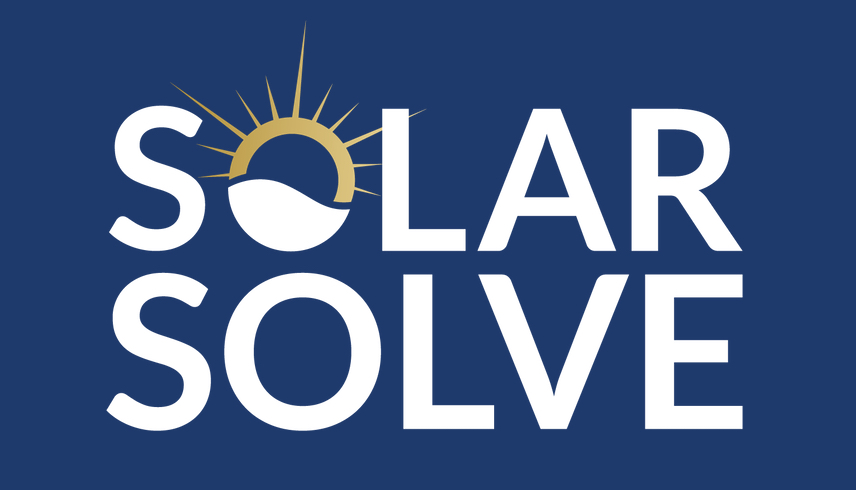On my way to work this morning I was concerned that I didn’t have anything in mind for today’s blog. I’ve been here for 4 hours and done all the meetings and the really important stuff and my next task is the blog. Needless to say I now have a head full of ideas for my blog that includes some good news and hopefully some more good news. The problem in the real world is that what is good news to some people is exactly the opposite to others, so here we go and you can decide.
Firstly, Julie told me she had received an email from our South Tyneside council business support manager, who contacted those of us who trade with Korean shipbuilders, suggesting we read about the recent agreement between HHI and DSME, which was news to us. It reports that Hyundai Heavy Industries (HHI) has signed a preliminary deal to take over rival shipyard Daewoo Shipbuilding & Marine Engineering, the two South Korean corporations have announced. Once finalised the acquisition will merge the country’s two biggest naval shipyards with estimated combined defence-related revenues of nearly USD2 billion.
I am of the opinion that it is good news, assuming the alternative would the eventual demise of DSME. The initial assessment period will be 6 months from the end of January 2019 and one problem could be that DSME is government owned and the ‘takeover’ may not be blessed by the South Korean Government. I am sure there will be a host of other concerns raised before finalisation but whatever the outcome I hope the DSME facility continues to produce impressive numbers of significant ships as it has done in the past.
If Barry Luthwaite’s editorials fronting the first 6 of this year’s BRL Weekly Newsletters are anything to go by, orders for new vessels are ‘on the up-and-up’, with Korea and China doing particularly well and things from his perspective are really positive. Information about BRL Shipping Consultants is at http://www.brldata.com/
My last topic was perceived as highly controversial even before offshore rig decommissioning ever physically began because, just like BREXIT, nobody actually knew what or when or how it would be achieved and what collateral damage would be created as a result. Over the last few years some de-commissioning has been taking place and enabled the gathering of factual information on which future plans and procedures are being compiled. This has been supported by the establishment 5 years ago of the Decommissioning and Wreck Removal workshop, a multi-organisation supported initiative.
I was particularly impressed and influenced to veer towards decommissioning of rigs being of great benefit to the environment and the population, when I read this paragraph from an article on the subject in the February 2019 issue of the IMarEST monthly journal ‘The Marine Professional’.
Working Together
Faced with these huge costs and increasing evidence that questions the wisdom of total removal, the opportunity for the fossil fuel industry, marine scientists, government, regulators, conservation organisations and others to come together to try to reach consensus on the way forward has never been more pressing.
Because these individual organisations are publishing and communicating their research information on the issues affecting and expected to affect the environment due to decommissioning, as it evolves, others are including it as a factor in their research and jointly they are expecting to transform 250 dirty old and useless offshore rigs, 5,000 well heads and 3,000 pipelines into items of benefit to the global environment and the population.
It reminds me of the old proverb, ‘One man’s meat is another man’s poison’. Let’s hope that this huge undertaking turns out to be a huge success.

